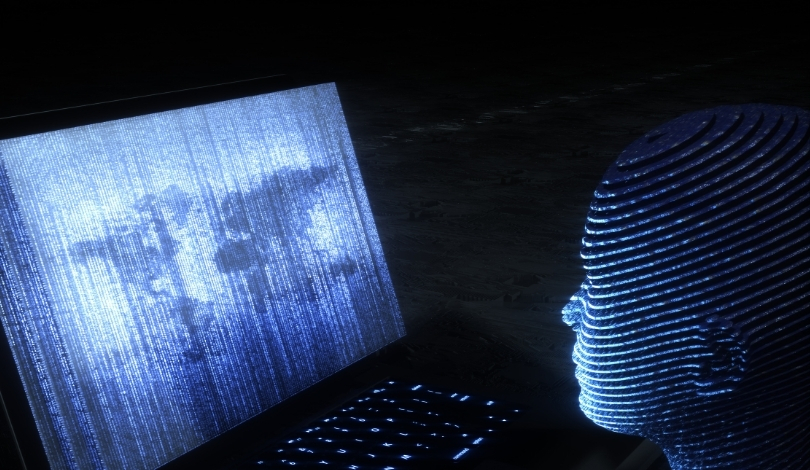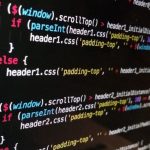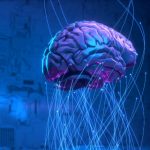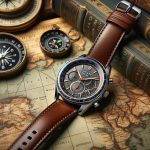At Scorpios Bodrum beach club in Turkey, Chinese-Canadian artist Sougwen Chung orchestrated a unique live painting session alongside robotic arms, creating an abstract artwork in real-time. This performance showcased the seamless integration of human creativity with machine precision, drawing an intimate audience keen to witness this innovative fusion. Such events highlight the growing intersection between art and technology, offering new avenues for creative expression.
Chung’s recent demonstration marks a significant progression from their previous collaborations with robotic systems. Earlier exhibitions primarily focused on the technical capabilities of these machines, whereas this event emphasized the interactive and meditative aspects of the creative process. This shift provides a deeper understanding of the collaborative dynamic between the artist and the robots.
How Does Human-Robot Collaboration Enhance Artistic Expression?
The partnership between Sougwen Chung and the Drawing Operation Unit Generation 5 (DOUG) enables a unique blend of human intuition and robotic precision. By utilizing DOUG, Chung can extend their creative capabilities, allowing for more complex and nuanced artworks. This collaboration results in pieces that embody both the artist’s emotional expression and the machine’s calculated movements.
What Challenges Arise from Integrating Technology in Art?
Integrating technology into artistic practices presents several challenges, including technical malfunctions and the dependency on constant maintenance. During the performance, a temporary halt in DOUG’s painting process highlighted the fragility of relying on machinery. These interruptions require artists to adapt quickly and manage the unpredictability inherent in technological tools.
How is Public Reception Shaping the Future of AI in Art?
Audience reactions to AI-assisted art are mixed, with some embracing the innovation while others question its authenticity. Chung noted,
“I get excited when people think I’m not making ‘real art’ because it means I’m doing something different and writing my own story.”
These varied responses contribute to ongoing discussions about the role of artificial intelligence in the creative industries and the evolving definition of what constitutes art.
Chung’s collaboration with DOUG exemplifies the potential for human and machine partnerships to push the boundaries of artistic creation. By embracing both the strengths and limitations of robotic systems, Chung fosters a dialogue that reflects broader societal trends toward automation and digital integration. This approach not only inspires other artists and technologists but also encourages a more nuanced understanding of the collaborative possibilities between humans and machines.










